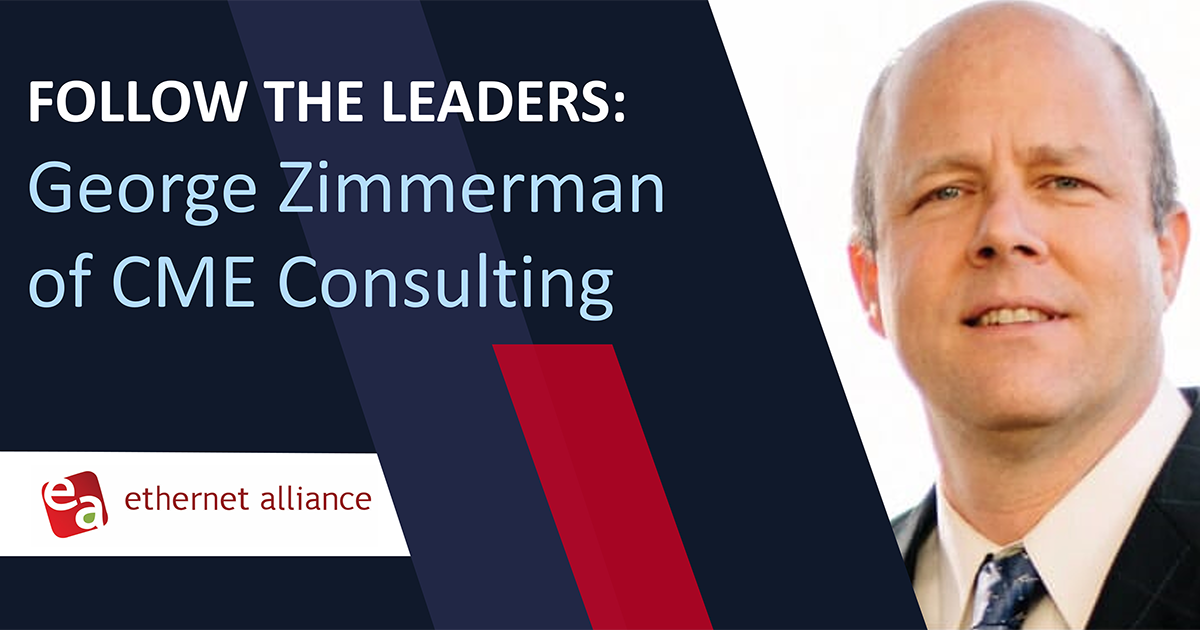Will 100GBASE-LR4 be the Only IEEE 100GbE Single-mode Link Type?
At the November 2012 IEEE 802.3 Plenary meeting in San Antonio, TX, several straw polls were taken to see if the 40 Gb/s and 100Gb/s Fiber Optic (802.3bm) Task Force was reaching consensus on a new 100G single-mode objective for at least 500 meters. The straw polls showed that no solution was even close to reaching the 75% majority needed to become a standard, so it looks like 100GBASE-LR4 may be the only 100GbE solution for link distances between 150 meters and 10km.
The most telling straw poll and result was Straw Poll #5 that asked:
I would only support a baseline proposal for a single-mode fiber PMD (Physical Medium Dependent sublayer or link) based on:
a) CWDM – 0%
b) C-BAND – 2%
c) DMT – 10%
d) PSM4 – 24%
e) PAMn – 24%
f) none of the above – rely on LR4 with CAUI-4 – 40%
a: 0 b: 1 c: 6 d: 14 e: 14 f: 23 = Total of 58 voters
This had the surprising result that 40% of the people voted to not define a new single-mode link type and rely on 100GBASE-LR4 for all 100GbE links beyond 150 meters that are supported by 100GBASE-SR10 over multimode fiber. Without a large change of the votes in the task force, the 100GBASE-LR4 technology will be the only solution and become lower cost as volume production rises.
The 802.3bm project will enable lower cost 100GBASE-LR4 modules by defining the CAUI-4 electrical interface at 4X25Gbps to eliminate the 10:4 Gearbox from inside the optical module. With the removal of the gearbox from the module, the 100GBASE-LR4 solution can be deployed in the more compact CFP2 form factor that supports 4 lanes of 25Gbps instead of the CFP form factor that can only support CAUI with 10 lanes of 10Gbps. The 4X25G CAUI-4 interface will do a lot to improve the cost structure of 100GBASE-LR4 and integration of optical components, and volume will drive down prices further.
Many proposals to 802.3bm predict lower cost 500m modules than 10km 100GBASE-LR4 modules. In addition to going a shorter distance that lessens the requirements on the lasers, Forward Error Correction (FEC) could be used to soften the requirements on the link. FEC is being used in 802.3bj and may be applied to 100GBASE-SR4 to lighten the requirements and lower the cost and power of the module.
The straw poll shows that the task force is not yet convinced that they want to move forward with standardizing a new single-mode PMD. No proposal has yet achieved 25% of the required 75%. If no proposal is able to achieve the required 75% by May of 2013, then the industry will be left with 100GBASE-LR4 for reaches greater than 150 meters.
One goal of the task force is to create lower cost and lower power modules than 100GBASE-LR4 for reaches of at least 500 meters. The lower optical power budgets for 500 meter links enable lower power modules and different technologies than were available when 100GBASE-LR4 was defined. Given the cost sensitivity of various applications, the reduction in cost and power of 100GbE modules that enable higher switch port densities will be key to the wide scale deployments of 100GbE, especially for data centers.
By Scott Kipp
President of the Ethernet Alliance



